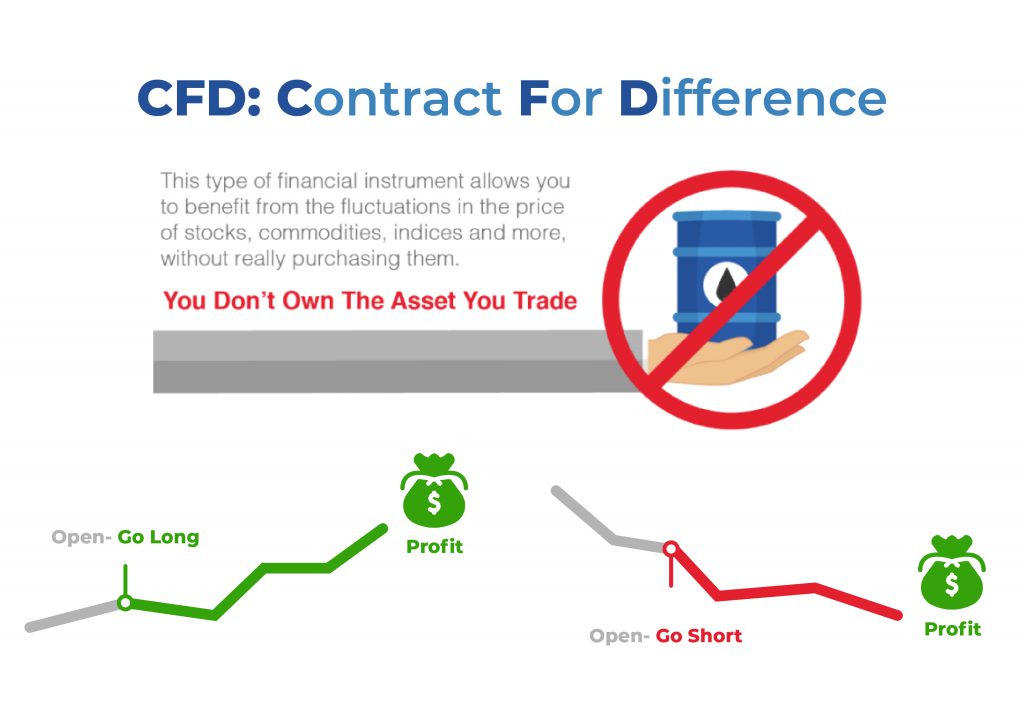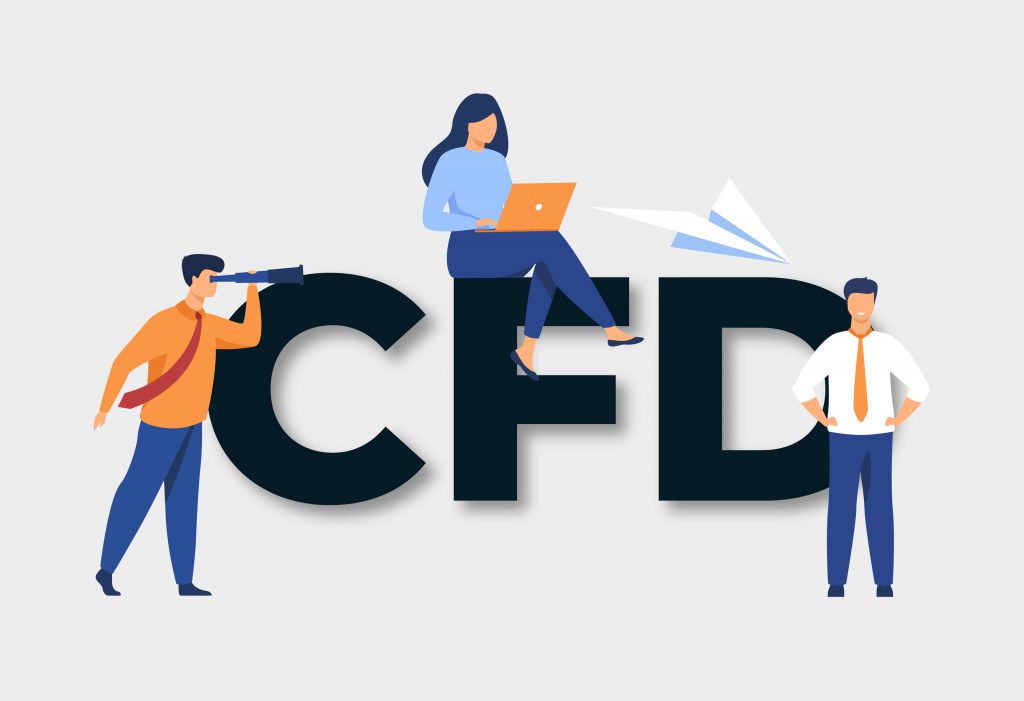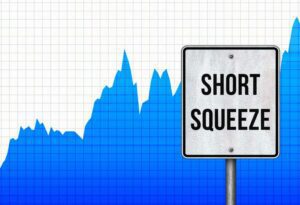
Table of Contents
ToggleA Contract for Differences offers traders and investors the ability to trade an asset without the need to physically hold it. This is possible thanks to a contract between the trader and the investor and does not use any stock market.
When using a CFD it is accepted to exchange the difference between the price of an asset from the point the contract is opened to the moment it is closed. With this we can give a value to the price movements in any direction and our profit or loss will be reflected depending on whether the value we gave was correct or not.
What is Spread
Sales prices will always be slightly lower than the current market price, and purchase prices will be slightly higher. The difference between the two prices is called the “spread”.
CFD prices are quoted at two prices: the buy price and the sell price.
The sell price (or buy price) is the price at which you can open a short CFD.
The buy price (or bid price) is the price at which you can open a long CFD.
Most of the time, the cost of opening a CFD position is covered by the spread: this means that the buy and sell prices will be adjusted to reflect the cost of making the trade.
Function of the Spread
There are two types of spreads on CFD. A deposit spread is required to open a position, while a maintenance spread may be required if your trade comes close to incurring losses that the deposit spread and any additional funds in your account will cover. If you run out of funds to pay for the loss, you may receive a call from your provider asking you to replenish your account. If you do not add enough funds, the position may be closed and losses incurred will be charged.
Advantages of CFD
Global Market Access: Most CFD traders offer the products in most of the major markets around the world, giving the investor 24-hour access. This provides a wide selection of over 4,000 world markets.
Short term sales: Certain markets have rules that do not allow short-term sales, and different margin requirements for a short and long term sale. CFD do not have these disadvantages as they can be placed both short and long term without extra cost.
Higher Profit: Traders make money when the investor pays the spread and most do not charge commissions or fees of any kind. To buy, an investor must pay the sale price, and to sell/short, the trader must pay the bid price. This spread can be small or large depending on the volatility of the underlying asset and fixed spreads are often available.
Disadvantages of CFD
Investors pay the spread: While CFD offer an attractive alternative to traditional markets, they also have their cons in that investors have to pay the spread on entries and exits. This eliminates the potential to profit from small movements.
Industry Regulation: It should be noted that the CFD industry is not highly regulated and that a broker’s credibility is based on reputation, longevity and financial position rather than government position or liquidity.
Risks: CFD trading moves quickly and requires continuous attention. There are liquidity and margin risks, if you cannot cover stock reductions, your provider may close your position, and you will have to deal with the loss no matter what.

How a CDF works
Let’s say that a certain stock has a price of $24 and an investor buys 100 shares, the total cost of this transaction would be $2400, plus the commissions and fees to make this trade would require at least 50% of the total value of the transaction in a traditional trader, but if a CFD is used here it would only require 5% of the total transaction.
When you make a CFD trade, it will show a loss equal to the margin of the trade at the beginning. If the initial margin was $1, you will need this stock to go up at least $1 so that it does not generate a loss. On the other hand, you will see a profit of $1 if the trader owns this stock. You must take into account that this also entails paying a commission and other expenses.
Short and long term CFD
When trading a CFD, price speculation is the key, whether in either direction. You can start a CFD in a mode where the higher the price of a chosen stock the more profit you will make, you can also start in a mode where the stock you choose the more it declines in price the better profit you will make.
If we ever think that a company will go down for some reason, you can open a CFD and test your theory by setting a maximum time. When this time expires and if the stock of this company has declined, you can win depending on the amount from the price it was at the beginning until its end. But you must be careful, because if this action ends up costing more than it did when you started the loss, it will also be the equivalent difference in which you started to the one that ended up costing at the end.
The most important fact is that it does not matter which term you choose, whether it is short or long, the gains or losses will only be reflected once the maximum term you delegated at the beginning is fulfilled.
Expiration of a CFD
Normally a CFD does not have a fixed maturity unlike a position, which closes when you place a trade in the opposite direction from the one you originally opened.
If we were to hold a daily open CFD position after the daily UK cut-off time of 10pm, an overnight finance charge would be incurred.
However, this is not always the case, with the main exception of a term contract. A term contract has an expiration date at some point in the future, and has all overnight finance charges already included in the margin.

CFD can save you from a bad investment
If you have a stock that is going down and you believe that it may decline further in the short term, a CFD can ease the burden of the potential loss a little bit, since you can go down on that stock with a CFD. And thus make a profit from something negative.


